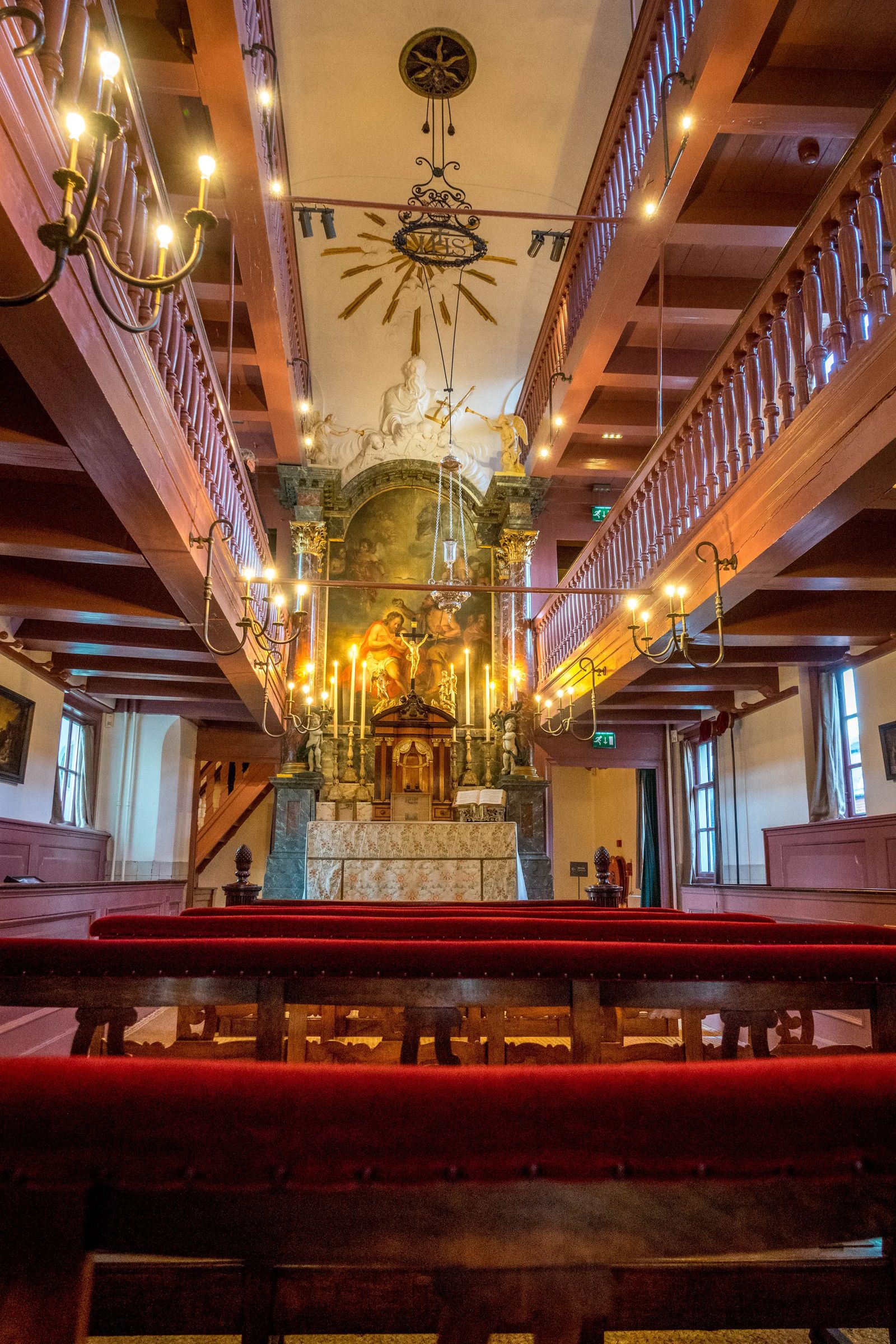
Museum of Our Lord in the Attic | The Hidden Church of the Red Light District
Hidden in the Red Light District is the religious relic the Museum of Our Lord in the Attic. It is something you have to search out, but is well worth the visit due to the religious history it represents for not just the Netherlands but Europe as well.
Why was a Church built in the Attic?
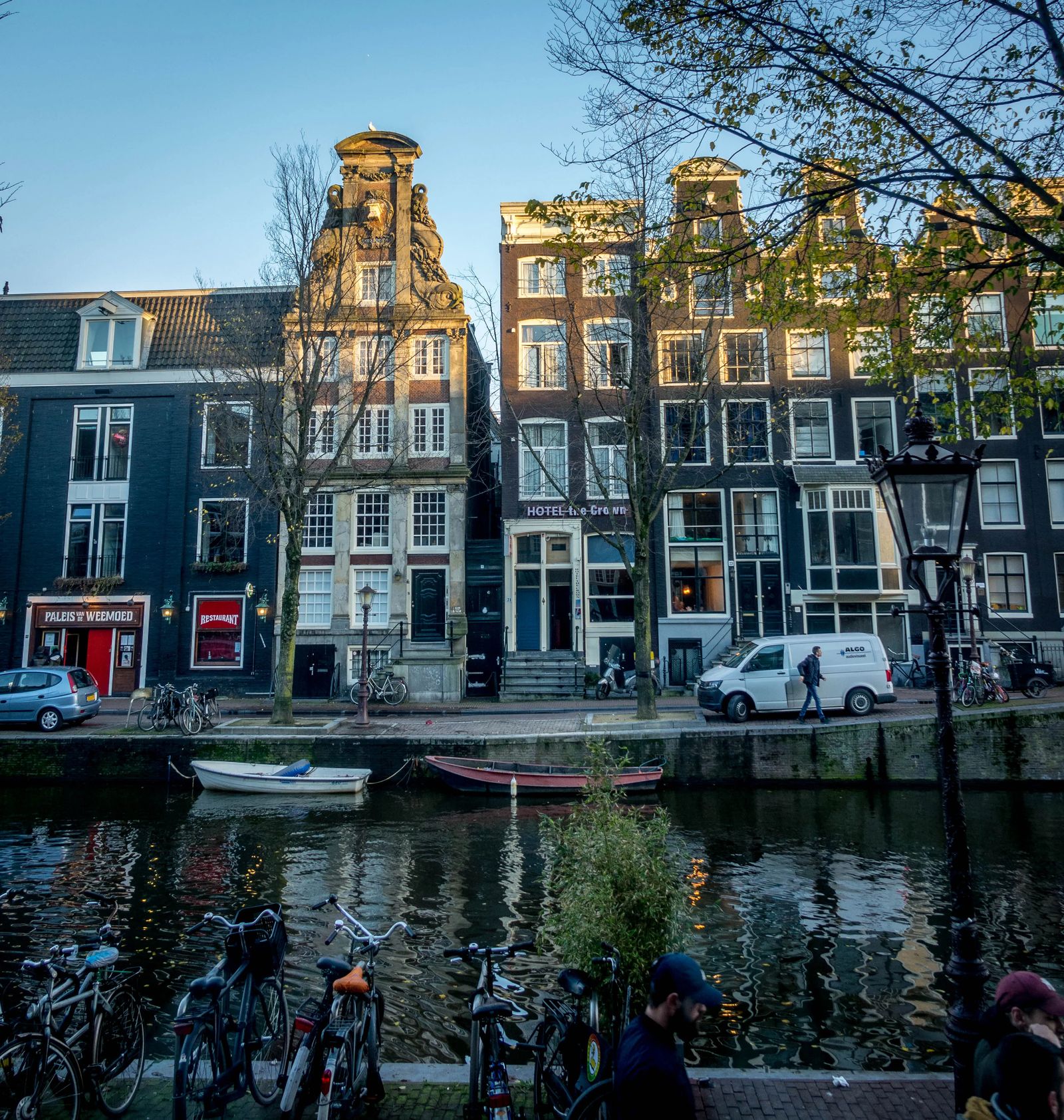
Jan Hartman was a dedicated German and Catholic that was stripped of his rights to public worship in 1663. Calvinists prohibited the 'non-reformed Catholics' from worshipping in public spaces. Catholic churches were converted and could not be recognizable to anyone on the street per the local laws of that time. Let us rewind this story and figure out why a particularly popular religion throughout Europe during that time would need to hide in an attic in order to worship.
The Dutch Golden Age and the Reformation

Catholicism ruled most of the Dutch region until the 16th century when Calvinism was introduced and spread like wildfire. This led to the Dutch Revolt, a revolt against the Roman Catholic King Phillip II of Spain who was suppressing the Hapsburg crown. This revolt produced the Dutch Republic, whose leader was the famed William of Orange (a supporter of King Phillip of Spain). Skirmishes along the French borders, imposing countries vying for lands led to a revolt resurgence in 1572, which forced William back to Delft (his ancestral home) until he was assassinated in 1584.
Spain was at its limit, waging war on multiple fronts. Their wars included those against the Ottoman Empire, France, England, and its colonies in the Atlantic. New taxes were introduced into the Netherlands to help fund these wars. The militant Calvinist groups grew restless and agitated, hoping to suppress and oust the Catholic Phillip II of Spain. William of Orange was so hard pressed, he eventually converted to Calvinism himself in 1573.
Northern Holland was over-run by the Calvinists and all churches were converted to Calvinism, and the members either fled or were forced to convert to Calvinism. While Holland prided itself on religious freedom and was accepting Protestants and Jewish refugees into its borders, the subversive persecution of the Catholic religion continued. As the number of Catholic priests became rare, so did the ability of the members of the Roman Catholic faith ability to worship.
Hiding their Faith

This wealthy merchant bought the 2 houses on either side of him and built a church where Catholics could worship. When you first enter the home it is a museum in and of itself. Here you will walk back in time to a home as it would have appeared 350 years ago. Complete with corridors, steep stairs, tiled kitchen, and the ornately adorned gathering room. The steps are warped, narrow and steep -- this is very typical for the architecture of that time period, but may not be safe for those who have difficulty getting up and down stairs. As you make your way up the different levels, you see the bedrooms, how they kept themselves warm, and then come upon the entrance to the attic.
The Attic
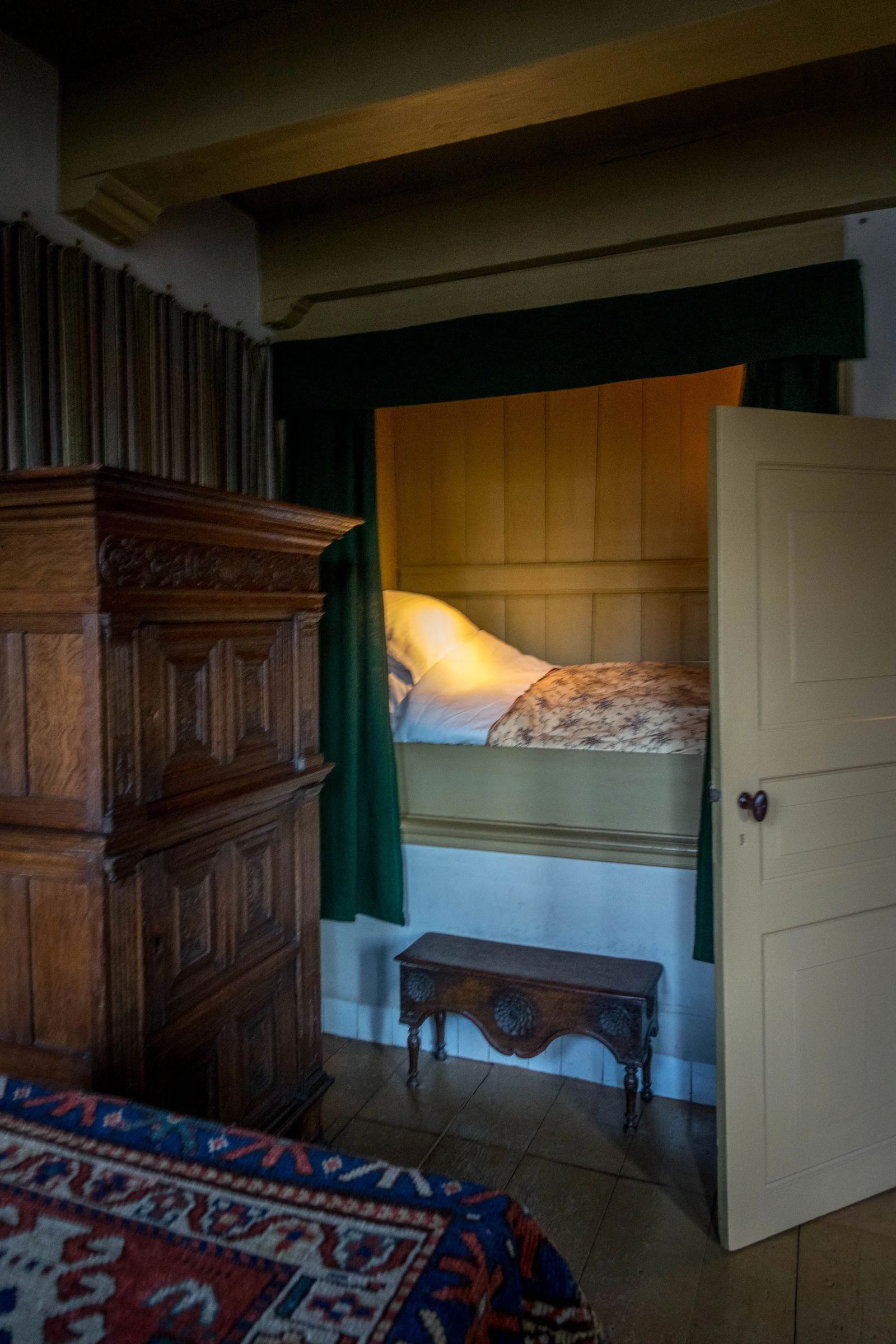
The entrance is hidden, and in the side wall, there is a rotating aspersorium where worshipers could bless themselves with holy water as a reminder of their baptism. Doing this helped the worshipers transition from the secular world into the world of the divine.

Preparing them to receive the sermons and teachings of their religious leader or priest. Once you enter, you must ascend a set of stairs that leads behind the organ and into the back of the chapel. On the left-hand side of the altar (if facing the altar) there is a pullout pulpit that is built into the wall. The two floors allowed for many attendants to be present for mass.
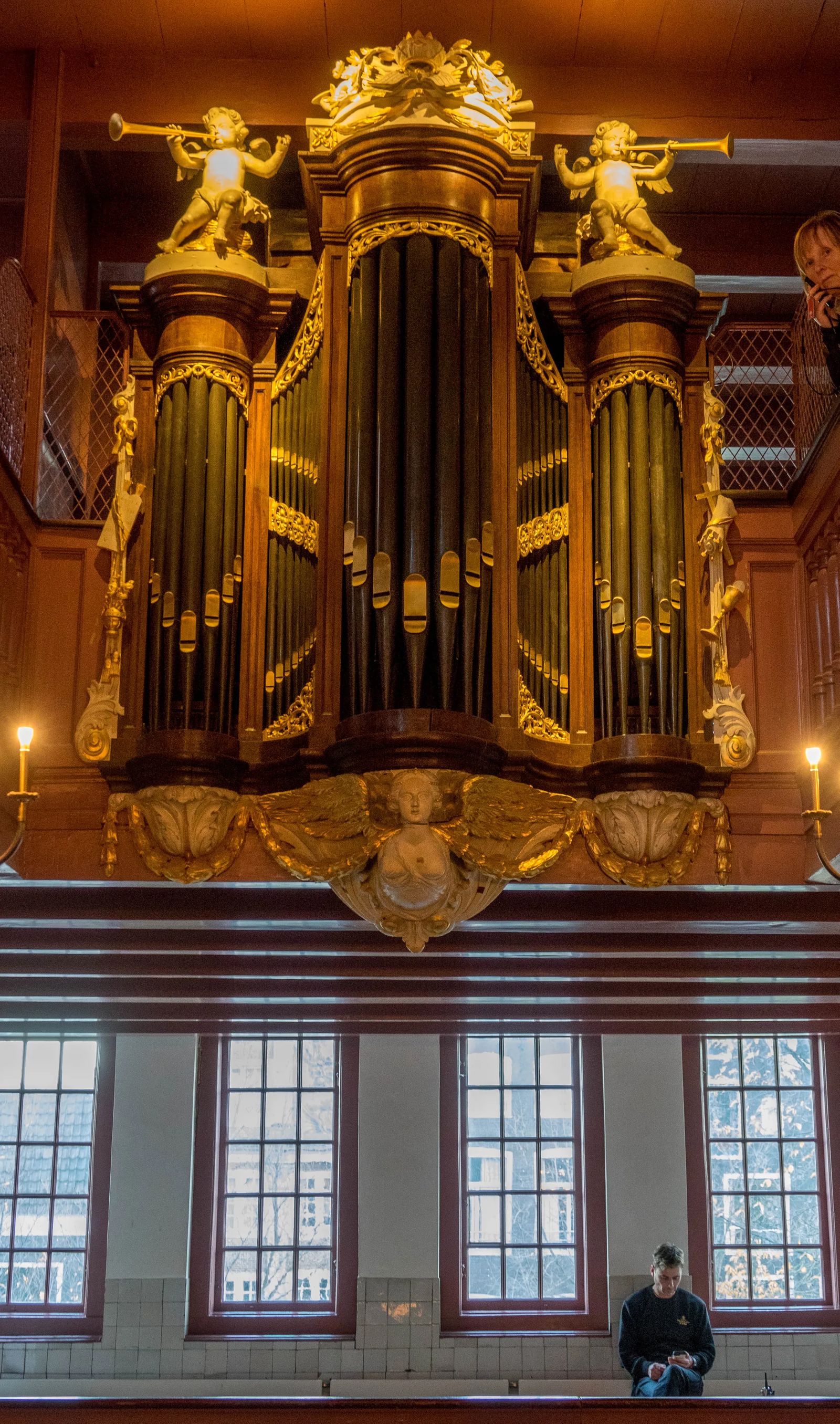
The Organ is masterfully built, with a dampener to help conceal the sound of worship. If you look out the side window, you will see the steeple of (what was then) their prior cathedral and place of worship. They devout Catholics were likely ousted, and the former cathedral converted for Calvinism uses. How difficult would it be to remain faithful to your beliefs and not give in to despair when you could see your former place of worship outside the window, while you were forced to worship in secret, at the peril of your own life.
Important Information for Tourists
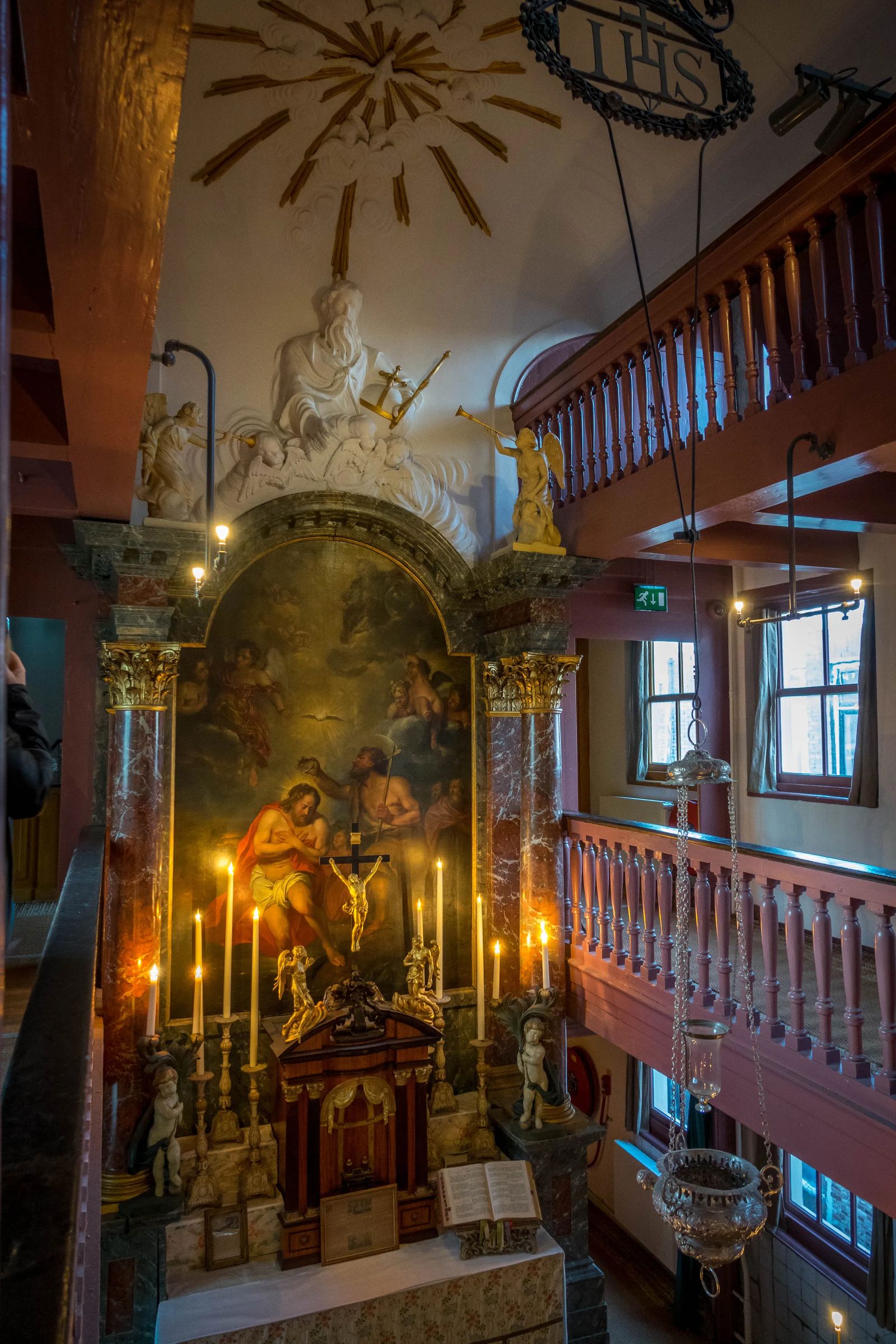
How to get there
Address: Oudezijds Voorburgwal 38. 1012 GD Amsterdam Get on the Metro tube, and stop at Central Station. From there it is a 10-minute walk to the Red Light District. Don't try and drive here, there is virtually no parking in Amsterdam except for bikes. Map to Museum of Our Lord in the Attic
Tickets and Hours
Hours: Open Monday to Saturday 10am-5pm, and Sundays from 1pm-5pm. Ticket Prices: Adults are around 10 Euros, Kids between 5-18 years old are 5 Euros, and kids less than 5 years old are free. Purchase your tickets here.

Is the Museum of Our Lord In the Attic Worth Visiting?
Despite the beautiful facades, cobblestone streets that line the canals of Amsterdam, it still has a religiously troubled past that led to the prominent atheism and agnostic population today. Be sure to visit Museum of Our Lord in the Attic, and be witness to a turbulent part of the history of the Netherlands.


Welcome to Culture Trekking!
My name is Janiel, I specialize in solo female travel, cultural connections, sustainable adventures, food, and history to help make your travel experiences fun, meaningful, and delicious. My experience in travel and my personal story have allowed me to get published in Fodor's Travel, Atlas Obscura, Metro.co.uk, Trip Advisor, and multiple Podcast interviews. You can find me on pretty much every social media channel YouTube, Instagram, Twitter, Facebook, Pinterest, TikTok. To read more about me and my story click here. If you are a brand and would like to work with me, click here.












